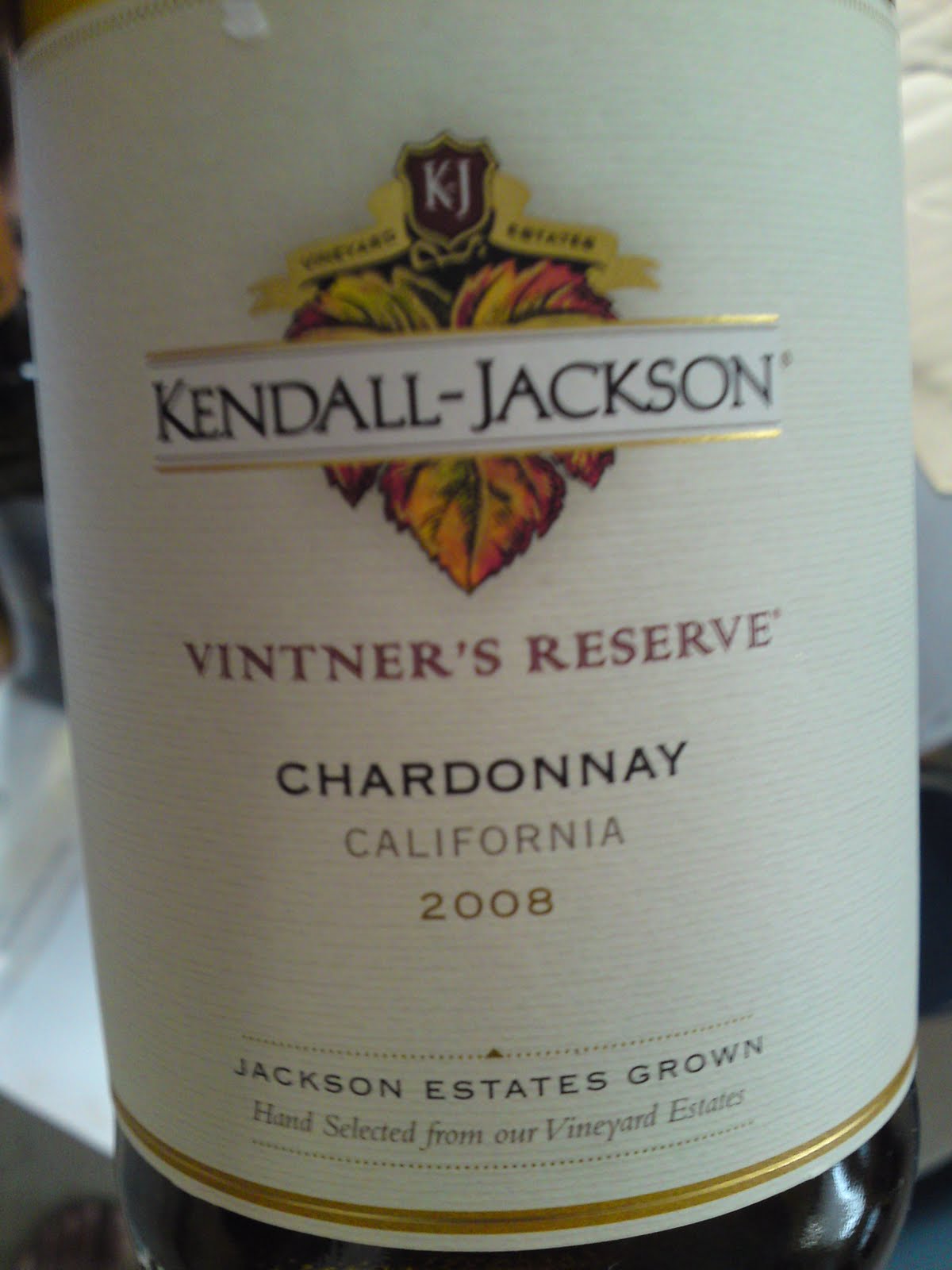Wine Reviews: California Unoaked Chardonnay
Hey there wine nerds! I have been tasting a ton of wine this week (tough life right?!) so I have another wine review for you! This time I tasted an unoaked Chardonnay by Mer Soleil.
First things first. Let's review the white wine powerhouse that is Chardonnay. Chardonnay is the most widely planted white wine grape in the world - every body grows it. As a result, there is a ton of information and many different styles of wine made with Chardonnay. The grape originated in the Burgundy wine region of France, but is also grown most notably in Chablis, Champagne and California. Depending on the grape ripeness and the terroir, wines made with Chardonnay can be crisp with strong fruit flavors or buttery with notes of vanilla and baking spices. It is always interesting to be reminded that Chardonnay also is a major player in Champagne (as evidence of how versatile the grape really is)!
When it comes to California style Chardonnay, they couldn't be more different from it's Old World counterparts. Initially, California winemakers tried to mimic the Burgundy style of Chardonnay, which is more refined, fruit forward and restrains the emphasis of the oak. We can't talk Californian Chardonnay history without mentioning Chateau Montelena and the Judgment of Paris victory in 1976. This event put California Chardonnays on the map when Chateau Montelena beat out it's French competitors in a blind tasting. With this increase in demand, there was also a shift in style, where many California wine producers were harvesting riper grapes, using new oak barrels and aiming for a finished product with bold flavors. (Welcome the "butter bombs.")
If you like the heavily oaked styles of Chardonnay - more power to you - but I prefer the unoaked styles. Without the oak, the fruit flavors of the grape are more prominent and it generally pairs better with food. So let's check this individual review!
"C" is for Chardonnay!
Mer Soleil Silver Unoaked Chardonnay 2012.
Where it's from. Monterey, California. Specifically, the Santa Lucia Highlands, which is known for it's coastal climate.
Label says. Bright minerality, pink grapefruit and key lime on the nose with flavors of lemon zest and stone-fruit. This wine would pair well with salads, seafood or tomato-based dishes.
My Thoughts. I was so excited to try an unoaked Chardonnay that I may not have given this wine it's credit where credit is due. (Plus the bottle is so interesting - it's not glass but more like ceramic). Overall, this was a wonderfully drinkable wine. It was a bit strange to see California on the label but not get that bold, in your face, flavor that you might typically expect from California - but that is definitely a good thing. The flavor was fresh and definitely had fruit on the finish. The oak was not missed. :)
I would love to hear about your favorite producers of unoaked Chardonnay, especially those from the new world! Happy wining!
Cheers!



























